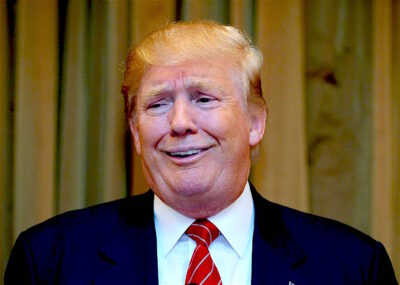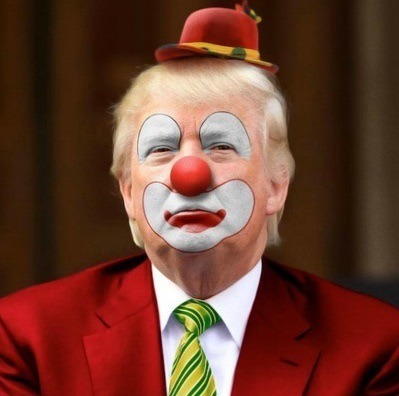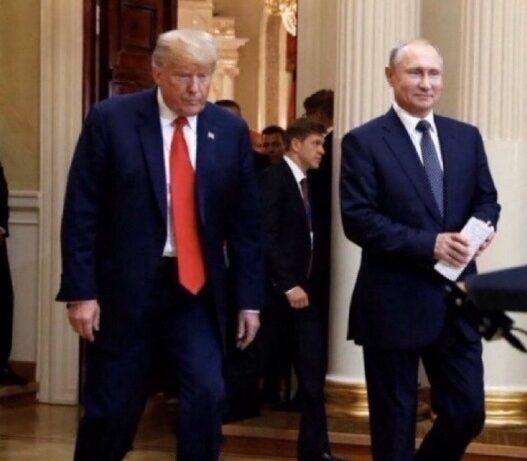Donald Trump has made it clear that his vision of “Making America Great Again” includes returning to the economic policies of 1870-1913—a period when the U.S. government was primarily funded by tariffs. This isn’t just economic ignorance; it’s a calculated attempt to shift the tax burden off the wealthy and onto the poor and middle class.
If your household income is under $160,000, congratulations—you are poor. You will be the one funding the government through higher prices on every day goods, while the ultra-rich, get a free pass and grow even wealthier.
Tariffs: A Tax on the Poor and Middle Class
Tariffs are taxes on imported goods. Unlike income taxes, which can be structured to target high earners, tariffs hit everyone indiscriminately. In practice, they disproportionately impact working- and middle-class Americans because they drive up the cost of everyday goods. Essential items like food, clothing, and household necessities would become more expensive, leaving low-income Americans with even less disposable income.
While Trump and his supporters claim that the wealthiest Americans already pay the majority of income taxes, that’s only part of the picture. The U.S. government is funded by a mix of income taxes, payroll taxes, corporate taxes, and excise taxes—many of which are paid by everyday workers. If Trump were to replace much of the current tax system with tariffs, it wouldn’t be a fair redistribution of the tax burden; it would be a massive giveaway to the rich at the expense of the poor and middle class.
What Trump Ignores About the 19th Century Economy
The U.S. economy of 1870-1913 is nothing to idolize. While industrial expansion made some Americans incredibly wealthy, it was also an era of brutal economic inequality, child labor, lack of worker protections, and financial instability. Banking panics and depressions were frequent, and monopolies controlled entire industries while workers toiled in dangerous conditions for low wages.
The only reason the U.S. government could sustain itself on tariffs during this period was that it was far smaller than today’s federal government. There was no Social Security, no Medicare, no public education funding, no infrastructure investments on the scale we see today. Trump’s plan isn’t just about changing tax policy—it’s about rolling back the federal government to a time when it provided almost nothing for its citizens.
Who Benefits? The Wealthy. Who Loses? Everyone Else.
Let’s be clear: this is not an economic strategy to strengthen America. It’s a backdoor way to let the ultra-rich escape taxation while shifting the cost of government onto ordinary Americans.
• The wealthiest Americans, who can avoid consumer price hikes by investing rather than spending, would see their tax burden drop significantly.
• Billionaires and corporations would benefit from a weaker federal government with fewer regulations and responsibilities.
• The middle class and working poor would face skyrocketing prices on consumer goods and the loss of essential public services.
This is not about prosperity. It’s a plan to strip the government of its ability to function while making life harder for most Americans. Trump’s tariff-only government is nothing more than a tax cut for the wealthy disguised as economic nationalism.





